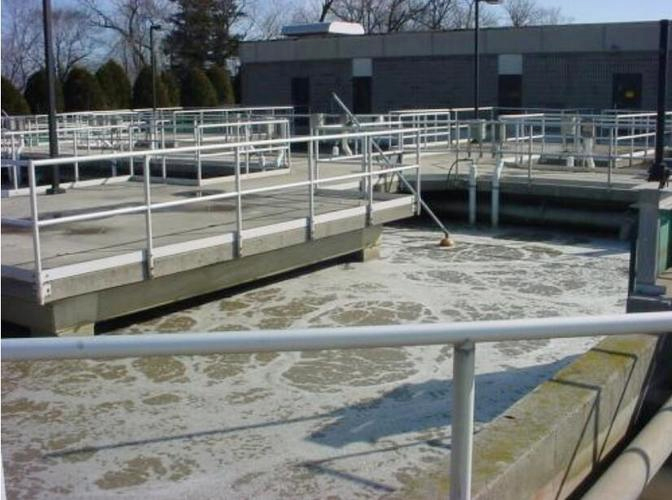

Wastewater Treatment in Pharmaceutical Plants Using Polyacrylamide
Wastewater Challenges:Pharmaceutical plant wastewater arises from various sources, including process wastewater, mechanical and flushing wastewater, initial stormwater, and domestic wastewater from employees. The presence of complex contaminants, such as antibiotics, poses a significant challenge for water quality.
Treatment Challenges:Pharmaceutical wastewater is typically categorized into biopharmaceutical wastewater and chemical pharmaceutical wastewater. Each type requires distinct treatment approaches due to their unique compositions and pollutant levels:
Biopharmaceutical Wastewater: High concentrations of organic matter (COD), fluctuating BOD values, significant NH3-N concentrations, deep color, and high suspended solids (SS) concentrations.
Chemical Pharmaceutical Wastewater: High COD, high salt content, and pH fluctuations. This wastewater also contains toxic substances and components that are difficult for microbes to degrade.
Polyacrylamide (PAM) in Pharmaceutical Wastewater Treatment:Polyacrylamide (PAM) flocculants are widely used in pharmaceutical wastewater treatment due to their ability to efficiently remove suspended particles and improve the wastewater’s biodegradable properties. PAM works by:
Quickly coagulating and flocculating suspended solids and pollutants in wastewater.
Precipitating the dregs of decoction from raw materials, reducing overall pollutant concentration.
Enhancing the clarity and treatability of pharmaceutical wastewater for further biological or chemical treatment.
Benefits of PAM in Pharmaceutical Wastewater Treatment:
Efficient removal of contaminants and reduction in COD/BOD levels.
Improved sedimentation and solid-liquid separation.
Facilitates further biological treatment by enhancing biodegradability.
Reduces overall chemical usage and operational costs.
For customized treatment solutions and more information on how Polyacrylamide can benefit your pharmaceutical wastewater process, contact us today!